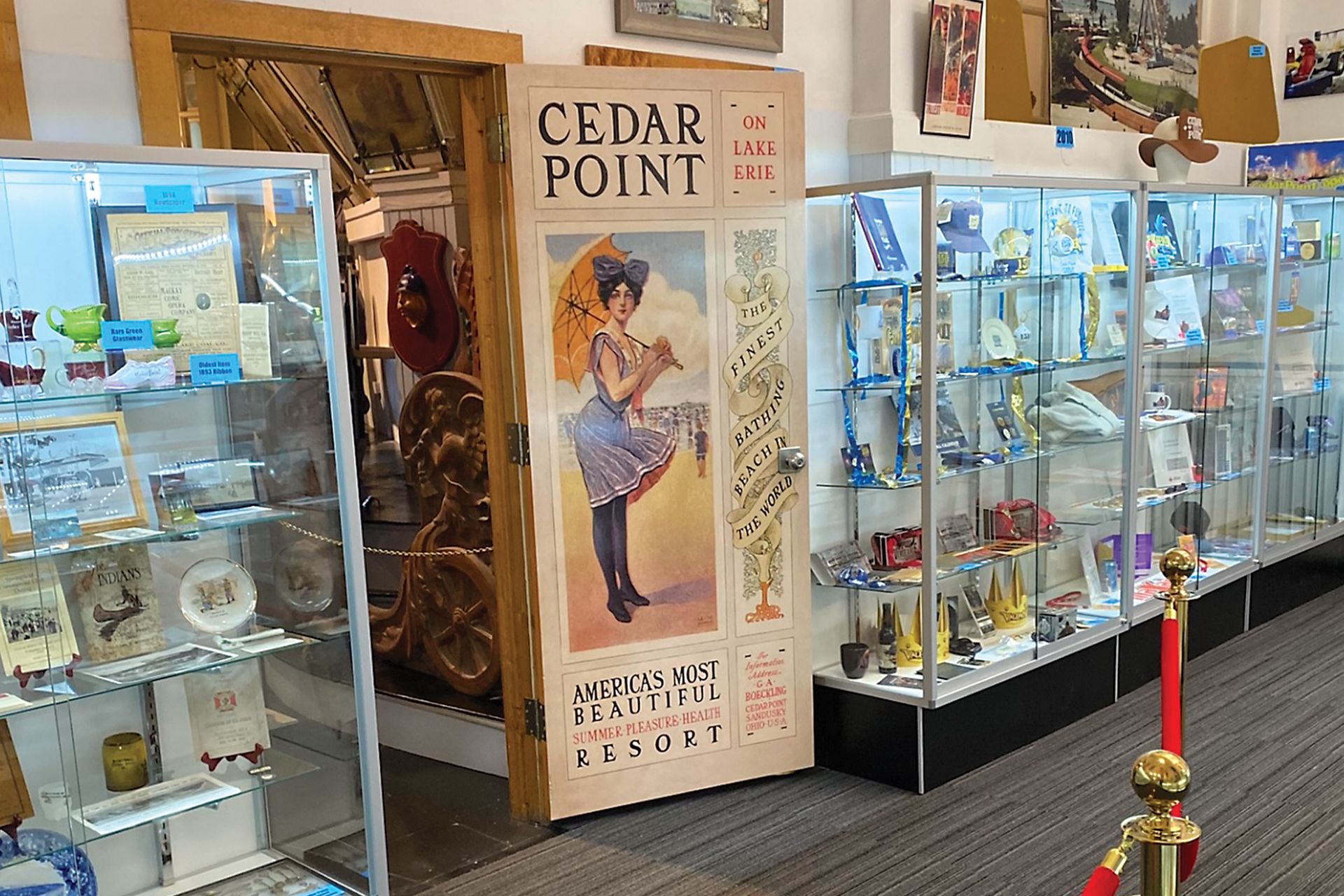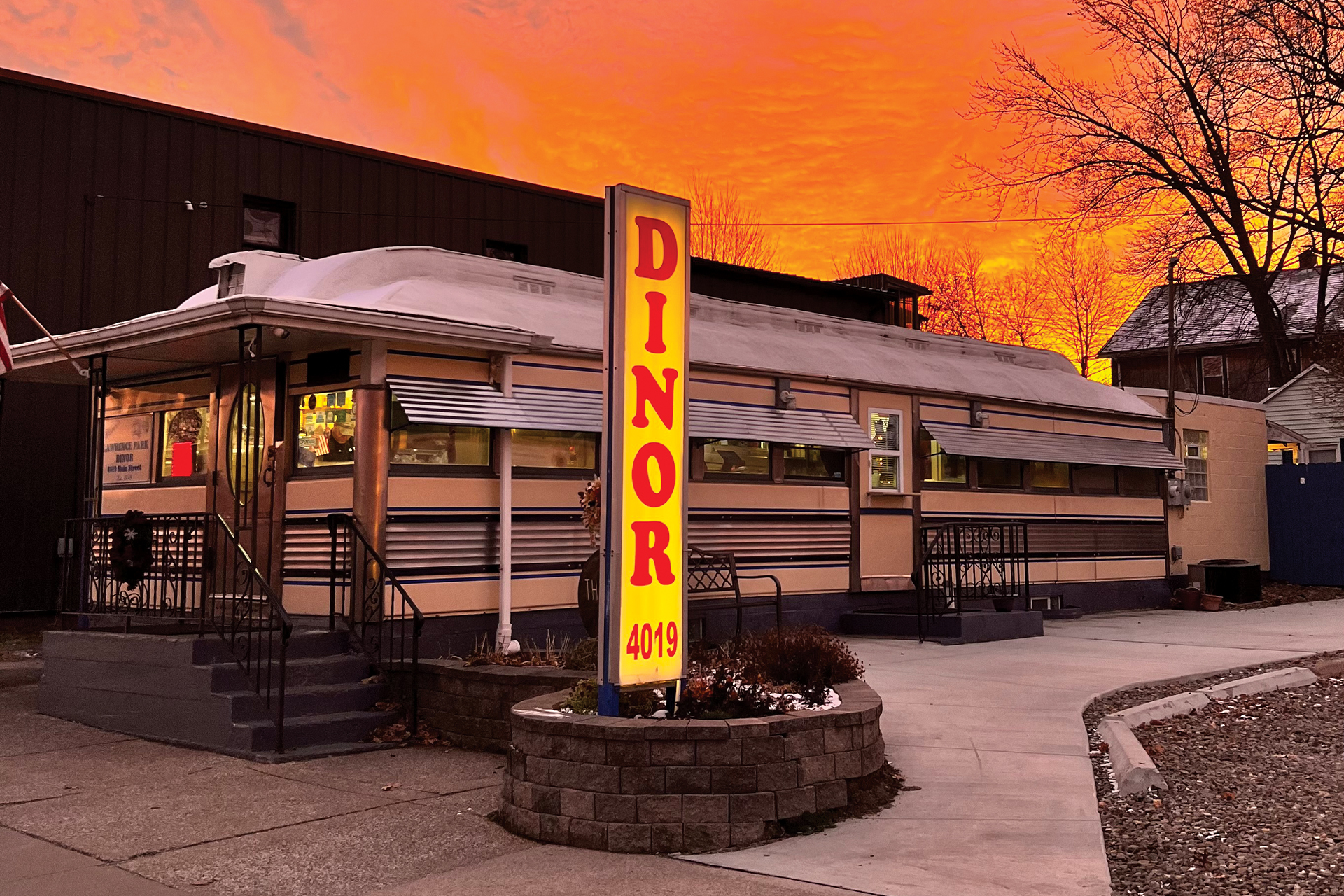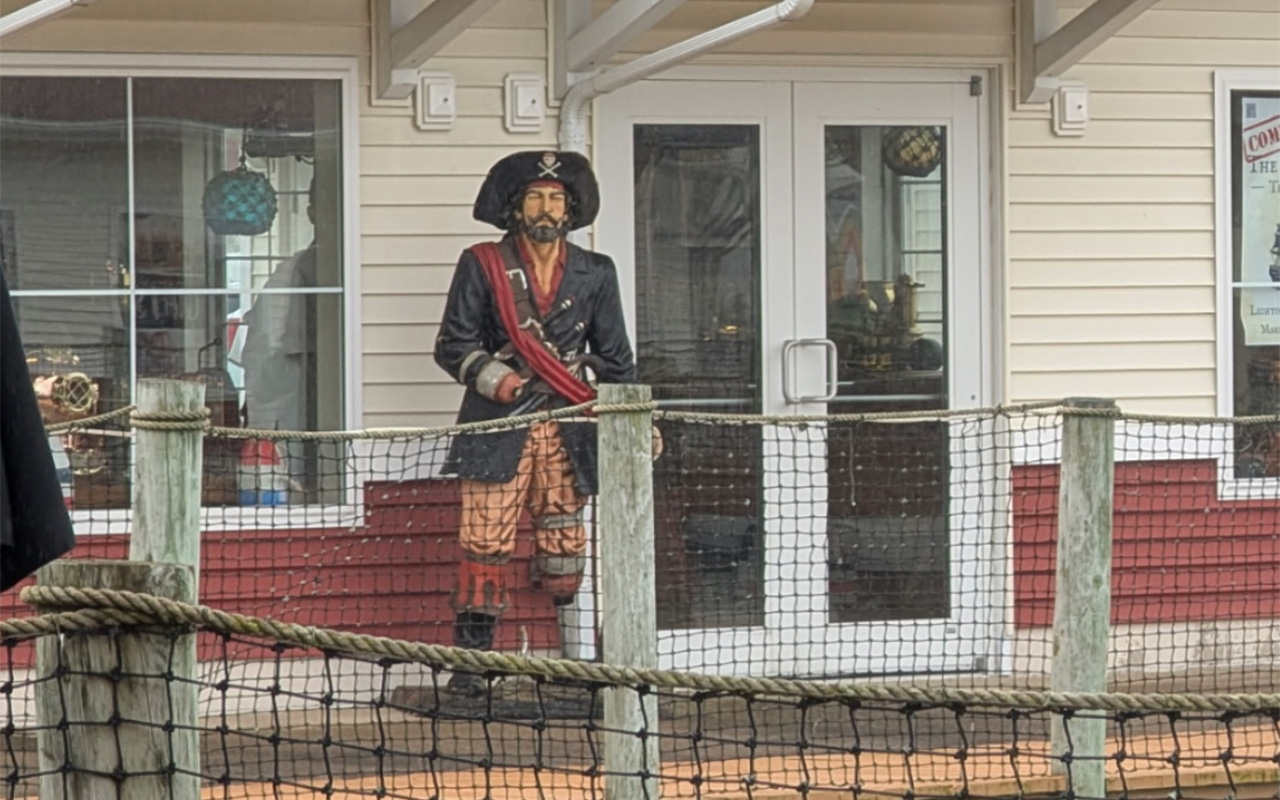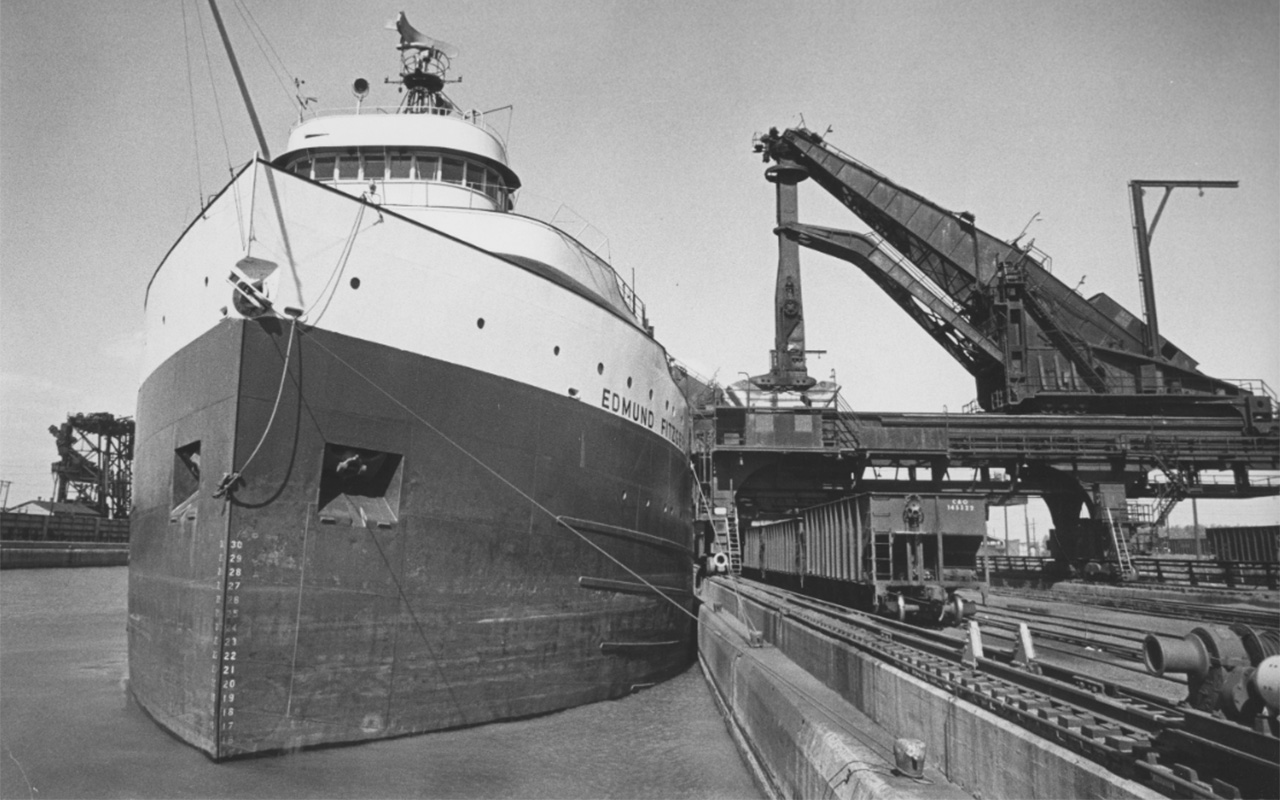Lost Lake Erie: The Interurban Era
Interurbans, a mode of transportation, rose and just as quickly fell, but not before it had made sweeping changes in a variety of states — including Ohio.
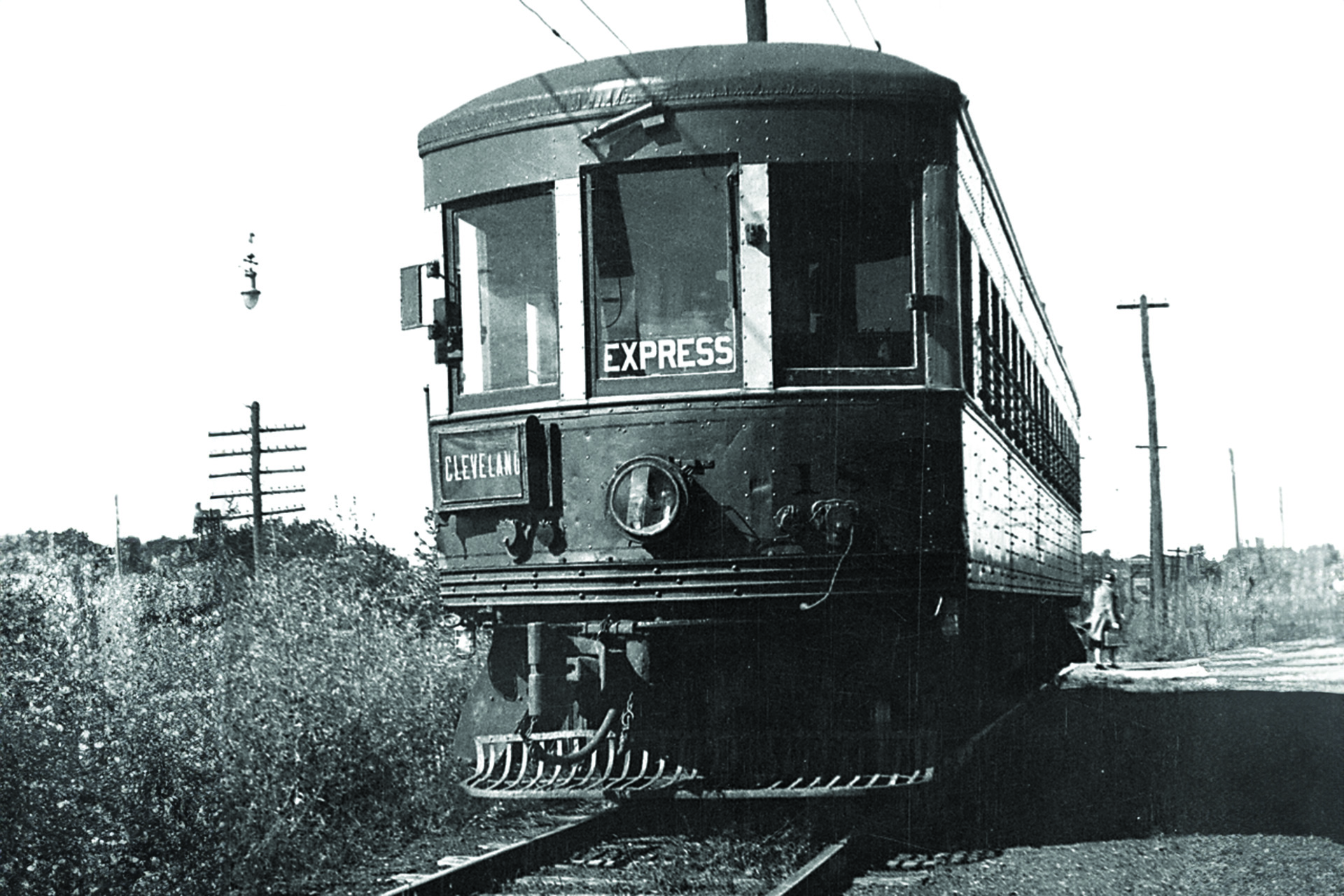
The early 20th century was the age of the interurbans, self-propelled railroad cars that, as the name implied, traveled through cities. The mode of transportation rose and just as quickly fell, but not before it had made sweeping changes in a variety of states — including Ohio.
“Ohio was the epicenter of the interurbans,” says Tom Patton of the Beach Park Railway Museum in Avon Lake, Ohio.
It was estimated that, in 1915, Ohio had 2,780 miles of interurban tracks. At that time, there were 21 electric railroads in Ohio, including the Lake Shore Electric Railway, which was formed in 1901. Trains left hourly from Cleveland’s Public Square, traveling west through farmland before heading up to Detroit.
It brought with it a whole new way of life. Families could take excursions to the beach or to the new amusement parks built at the end of many lines. Newspapers could be delivered to other cities the same day they were printed. And as electric trains ran through rural areas, homes were electrified.
The railway formed facilities that were like small towns unto themselves. In what was then Avon Township, they included a power plant, fire department and post office. And of course, the railroad encouraged people to move out to what would become known as Avon Lake. They’d even sell you the land. “The interurban really created Avon Lake,” Patton says.
Interurbans were a steady, reliable mode of transportation in the days when autos were rare and roads were adventurous. But as roads improved and cars became more commonplace, the interurbans declined. The miles of interurban track peaked in 1916, at 15,580. (Not coincidentally, that was the year the first federal highway bill was signed.)
Interurbans started to fade away in the 1920s, and the Lake Shore’s day came as well. The company went into receivership in 1933 and, five years later, the last interurban departed from Public Square.
But even today, there are signs in Avon Lake of its interurban roots. There’s a neighborhood called the 45s, so named because it was a development of cottages along Stop 45 on the interurban. And although the tracks are long gone, the right-of-way in Avon Lake remains a major throughfare. It’s called Electric Boulevard.


